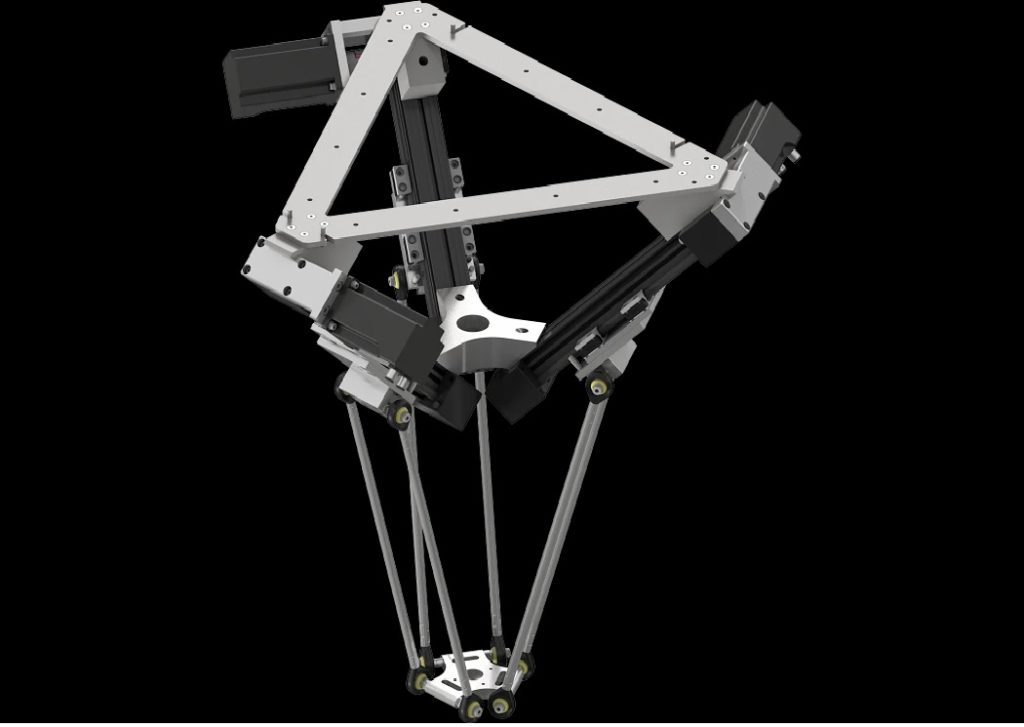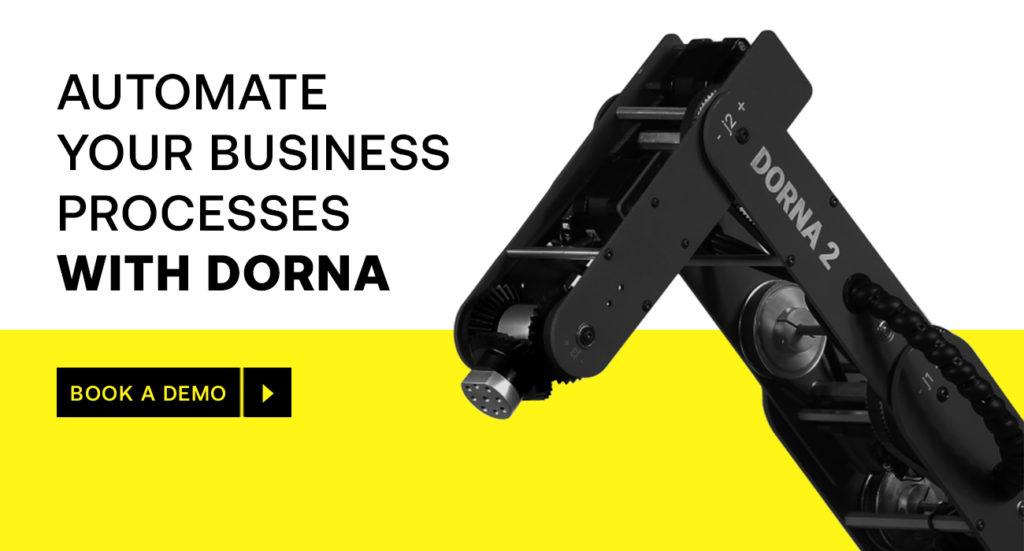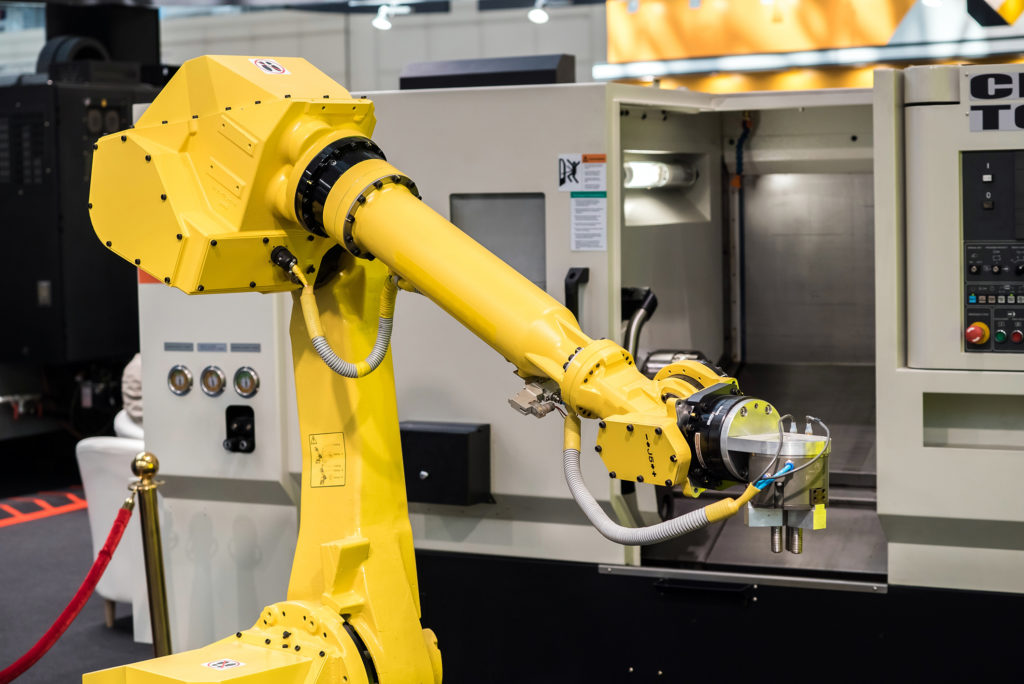Blogs
Types of Grippers You Can Use for Manufacturing
This blog explores different gripper types, their features, applications, and how they improve production efficiency.
32 minute read
In This Article
A robotic arm, often programmable, emulates the functions of a human arm. This mechanical limb can either constitute the entirety of a robot’s mechanism or form a vital component within a more intricate robotic system.
Thanks to advancing technology, robots are steadily becoming part of various industrial processes, allowing humans to sidestep monotonous, hazardous, or demanding tasks.
These programmable mechanical arms feature joints and axes, allowing for both rotational and linear movements. Their primary role is to control the end-effector, which is the part of the robot responsible for interacting with the environment to accomplish specific tasks.
Various types of robotic arms have significantly improved safety and efficiency across diverse industries, including manufacturing, military surveillance, healthcare, transportation, and research.
Explore Dorna’s offerings in the realm of industrial automation, where its robotic arms have left a significant mark on various industries.
This blog covers the top six types of robotic arms, offering insights into their essential characteristics, applications, and benefits. While there may be some overlap in their use cases, each type possesses unique features, making them suitable for distinct purposes.

True to its name, an articulated robot arm closely articulates a human arm in terms of form, mechanical movement, and configuration. It is one of the most prevalent types of robotic arms for industrial automation.
Featuring a single mechanical arm attached to a base with a twisting joint, articulated arms are highly flexible. Multi-axis robots, a common subset of articulated arms, offer four to six axes of motion, allowing for a broad range of applications such as arc welding, spot welding, painting, assembly, material handling, palletizing, and more.
| Key Characteristics | Applications | Advantages |
|---|---|---|
| Multiple joints or axes of rotation | Manufacturing – Assembly, welding, painting, and material handling | Versatile and adaptable |
| High dexterity and flexibility | Healthcare – Surgery and rehabilitation | Precise and accurate |
| Mimics human arm movements | Aerospace – Aircraft assembly and maintenance | Can execute complex movements |

These robots are also known as gantry robots or linear robots and are characterized by their three linear axes of motion, similar to the Cartesian coordinate system. These arms move in straight lines along the X, Y, and Z axes, making them ideal for tasks requiring precision in a defined workspace. They are prized for their ability to adjust speed, precision, stroke length, and size, making them suitable for CNC machines and 3D printing.
| Key Characteristics | Applications | Advantages |
|---|---|---|
| Three linear axes of motion (X, Y, Z) | CNC machining: Milling, drilling, and cutting | Highly precise and repeatable |
| Ideal for tasks in a fixed workspace | 3D printing and additive manufacturing | Well-suited for structured environments |
| Rectilinear movements | Material handling in warehouses | Simplified programming |

Selective Compliance Assembly Robot Arm (SCARA) combines three axes of motion (X, Y, and Z) with rotational motion. SCARA arms are designed for applications that require fast and precise horizontal movements. They have two parallel joints that provide compliance in the vertical direction while remaining stiff horizontally. This design is advantageous for tasks like pick and place operations.
| Key Characteristics | Applications | Advantages |
|---|---|---|
| Four degrees of freedom (two joints and two linear axes) | Electronics manufacturing: PCB assembly, soldering, and packaging | High-speed operation |
| Fast and precise horizontal movements | Food processing: Sorting and packaging | Excellent repeatability |
| Limited vertical compliance | Laboratory automation | Compact design for limited space |

Also known as parallel robot arms, these robots feature three arms connected to a common base. Their dome-shaped design facilitates delicate and precise movements along with exceptional speed and precision in high-speed pick and place applications. Delta robots are often used in industries where rapid movement is crucial.
| Key Characteristics | Applications | Advantages |
|---|---|---|
| Three arms connected to a base | Food packaging: Sorting, filling, and sealing | Exceptional speed and throughput |
| High-speed operation | Pharmaceutical packaging | High repeatability |
| Excellent accuracy in a limited workspace | Electronics assembly | Ideal for delicate objects |

Cobots or collaborative robotic arms are designed to work alongside humans, safely. They feature advanced sensors and safety systems that allow them to detect and respond to human presence. Cobots are versatile and can handle various tasks, making them suitable for industries that require human-robot collaboration.
| Key Characteristics | Applications | Advantages |
|---|---|---|
| Safety features for human-robot collaboration | Small and medium-sized enterprises (SMEs): Machine tending, quality control, and assembly | Enhanced safety for humans |
| Easily reprogrammable | Healthcare: Surgical assistance, rehabilitation, and patient care | Quick setup and reprogramming |
| Designed for flexibility | Agriculture: Harvesting and crop inspection | Increased productivity in collaborative environments |


Better known as spherical robots, these robots have an arm with two rotary joints and one linear joint connected to a base with a twisting joint. This configuration grants them the ability to operate within a spherical work envelope, allowing for multi-dimensional movement.
These robotic arms are known for their precision, versatility, and suitability for various industries, making them invaluable tools in tasks that demand intricate and precise handling of objects from different angles and orientations.
| Key Characteristics | Applications | Advantages |
|---|---|---|
| Spherical work envelope for multi-dimensional movement | Manufacturing: Die casting, injection molding, welding | Exceptional precision |
| High precision and speed | Medical: Surgical assistance, rehabilitation | Adaptability to diverse tasks |
| Versatility in handling objects from various angles | Electronics: Delicate component handling | Efficiency and productivity enhancements |
Robotic arms are being produced today with a varied range of configurations to tailor to as many specific applications as possible. They are excelling in almost all industrial tasks, whether it’s swift movements for packaging, precise operations in manufacturing, or seamless collaboration with human workers.
Dorna caters to this diverse range of robotic arm applications with its adaptable robotic arms and an extensive selection of accessories. creating an ecosystem that is both highly capable and user-friendly. Automation with Dorna is cost-effective and easily accessible, and its robots not only meet specific requirements but also elevate overall productivity.
Industrial automation has surfaced as an innovative means for enterprises to maintain a competitive edge. Understanding their automation choices thoroughly empowers these businesses to seamlessly integrate them into their manufacturing processes and maximize efficiency.
Explore industrial automation for your business with Dorna!
Blogs
This blog explores different gripper types, their features, applications, and how they improve production efficiency.
32 minute read
Blogs
Whether you're an aspiring engineer or just a curious mind, this blog is your gateway to the intricate world of…
26 minute read
Blogs, Products
Dorna Robotics is a one-stop shop for all business automation needs and stands today at the forefront of robotic innovation.…
25 minute read
Blogs
Robotics and automation may be related concepts, but they have significant differences. In essence, robotics is a subset of automation…
25 minute read